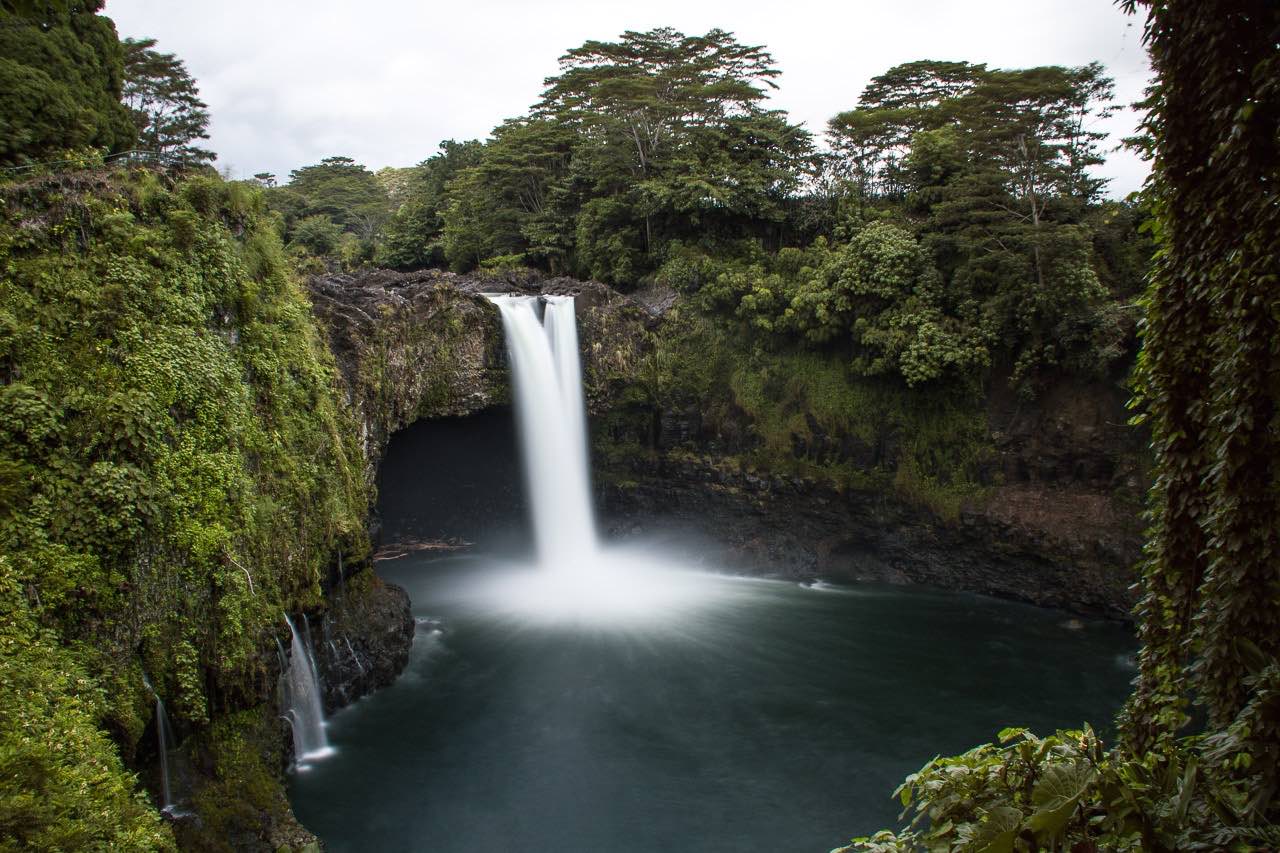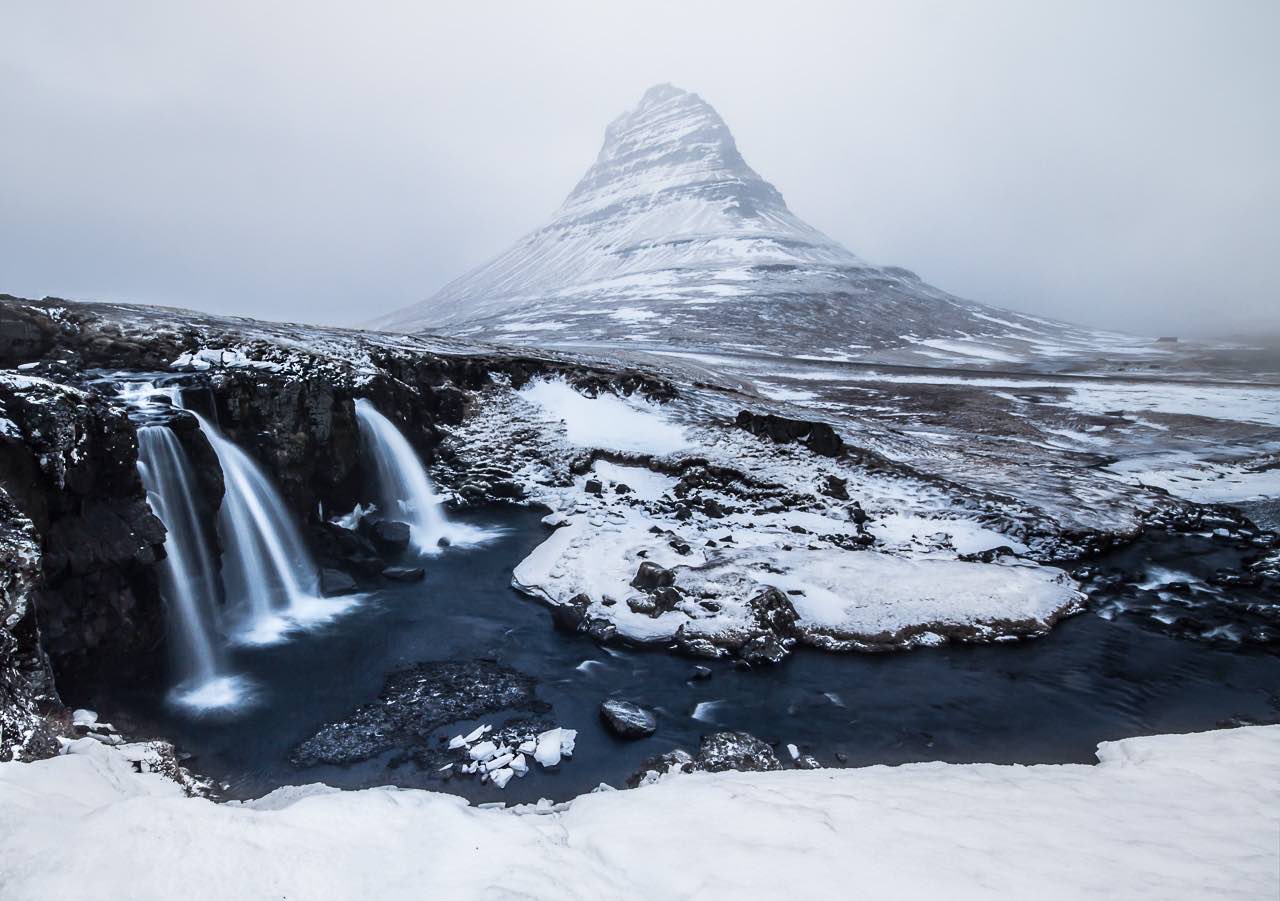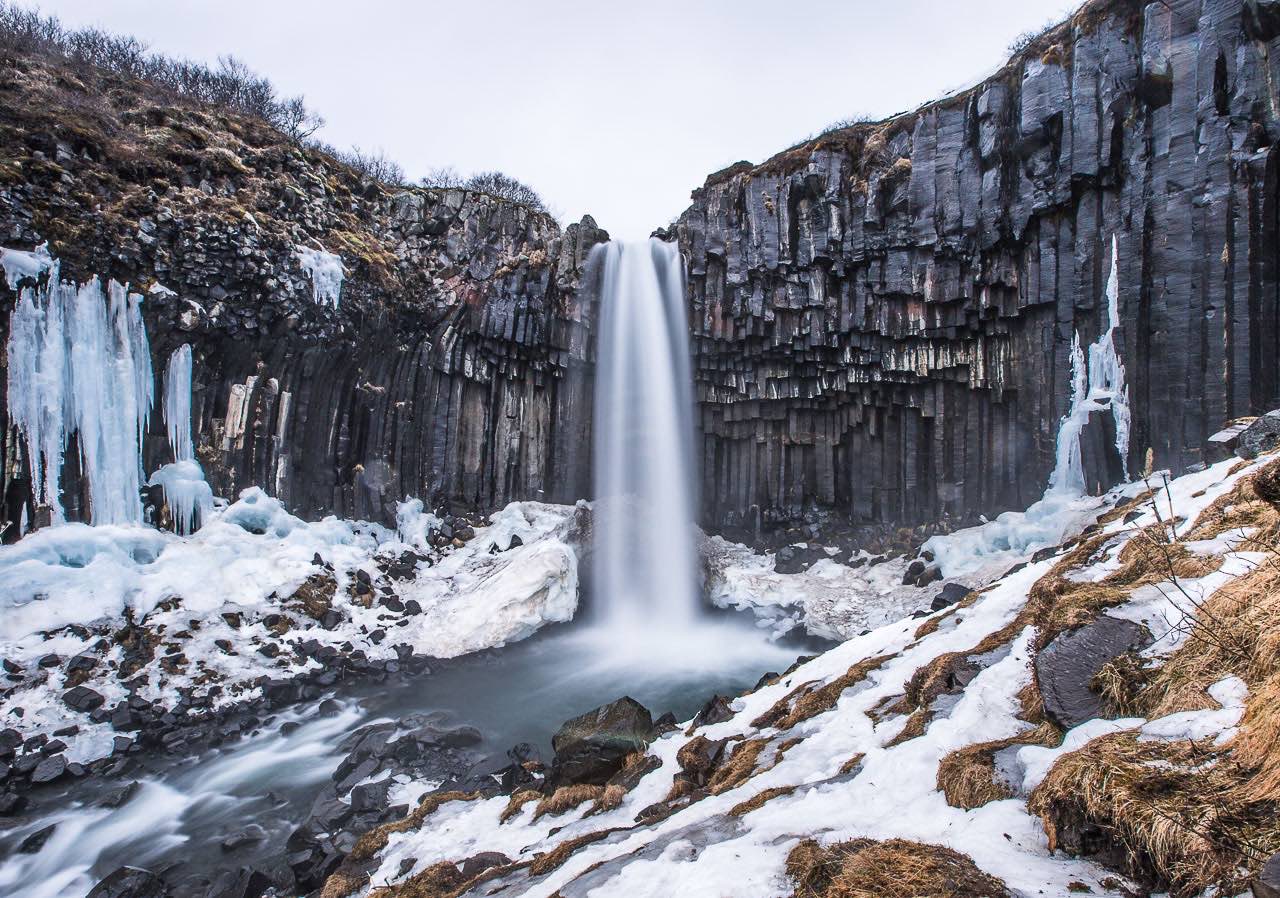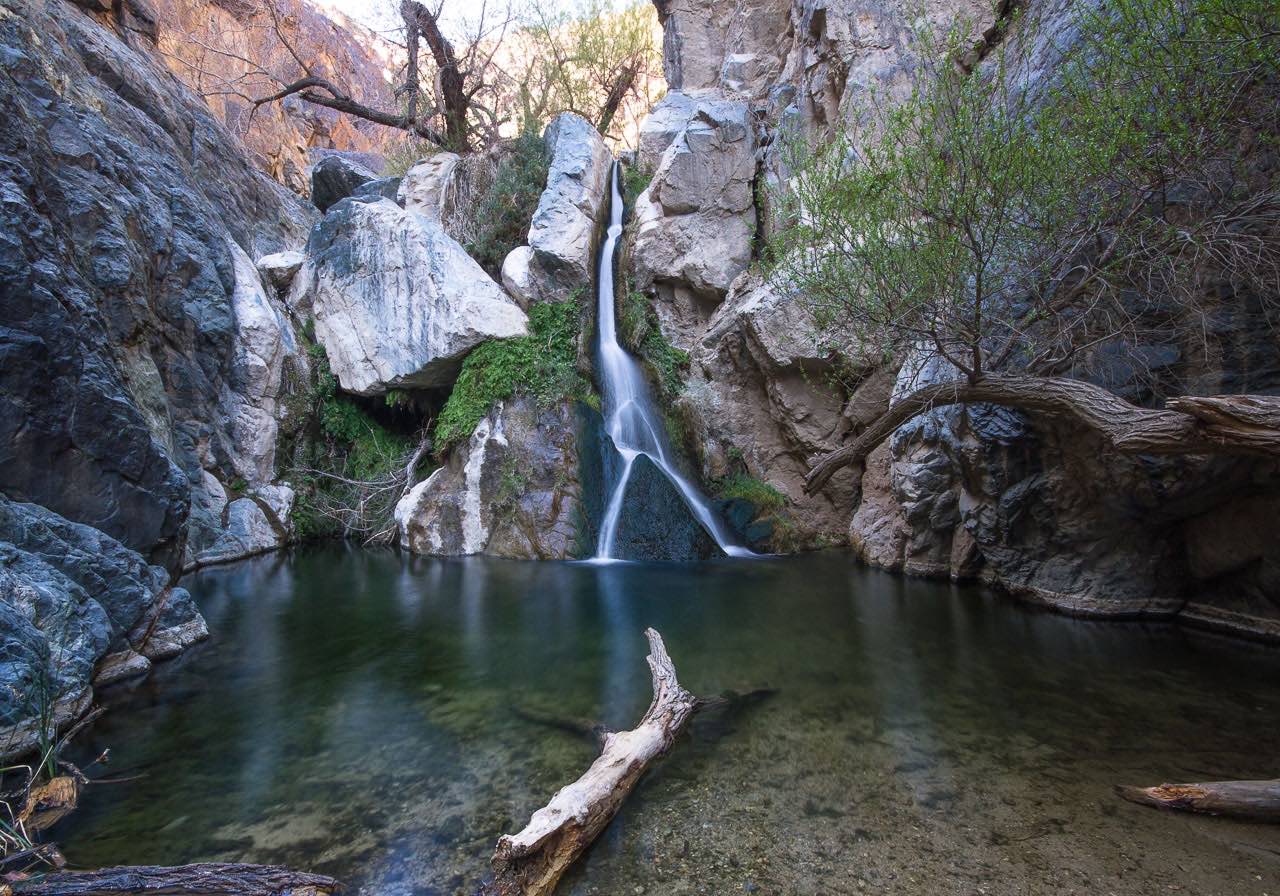Have you ever wondered what exactly photographers do to give waterfalls that dreamy, silky effect in their shots? As it turns out, it’s simply a matter of adding two pieces of equipment to your camera kit and finding a few spots to practice shooting.
All photos by the author.
1. Invest in a tripod.
It may be that traveling without one is easier on your back, but using a tripod gives you the freedom to break away from handheld shots and capture all kinds of incredible images. If you want to start playing around with long exposures and you have a DSLR, this should be the first thing on your list. Look into a lightweight option (MeFoto and Induro make some of the best ones on the market) or Joby’s Gorilla Pod, which is low to the ground, but flexible enough to attach to fence posts or other stationary objects.





